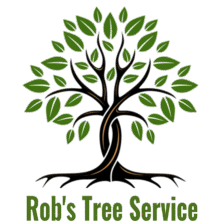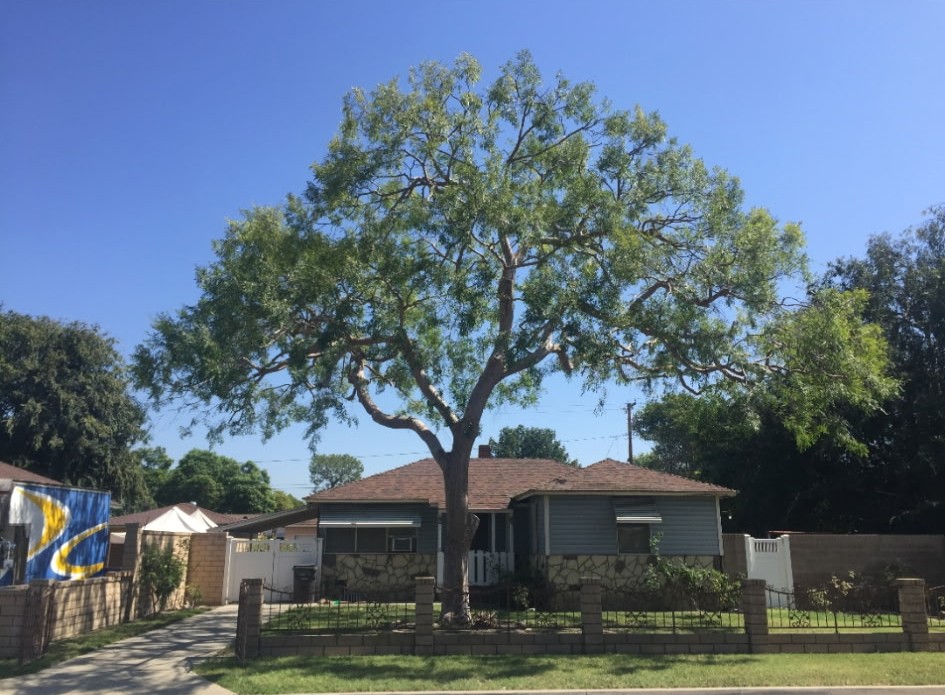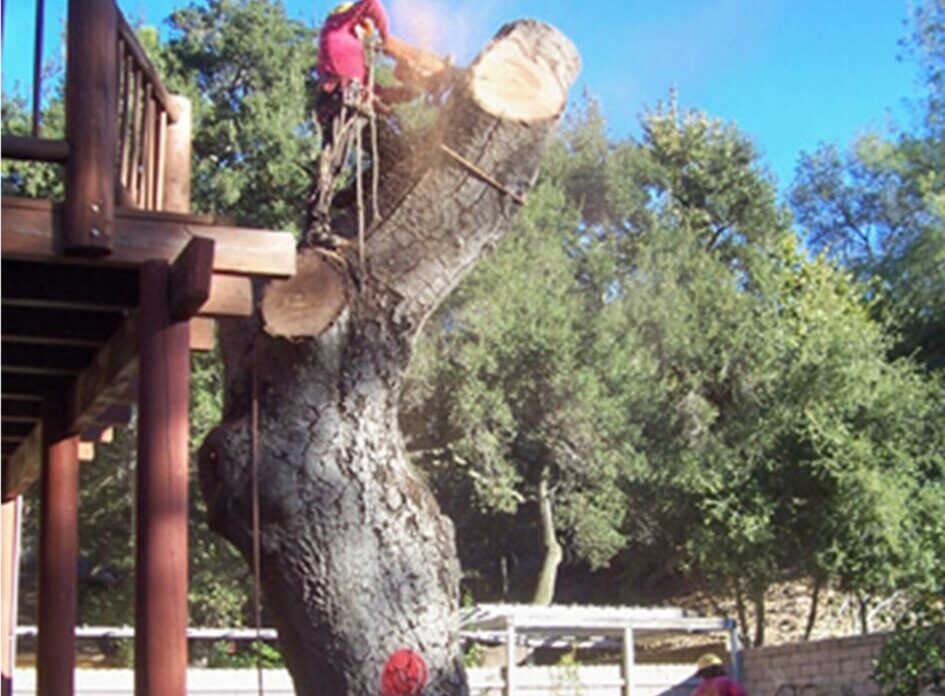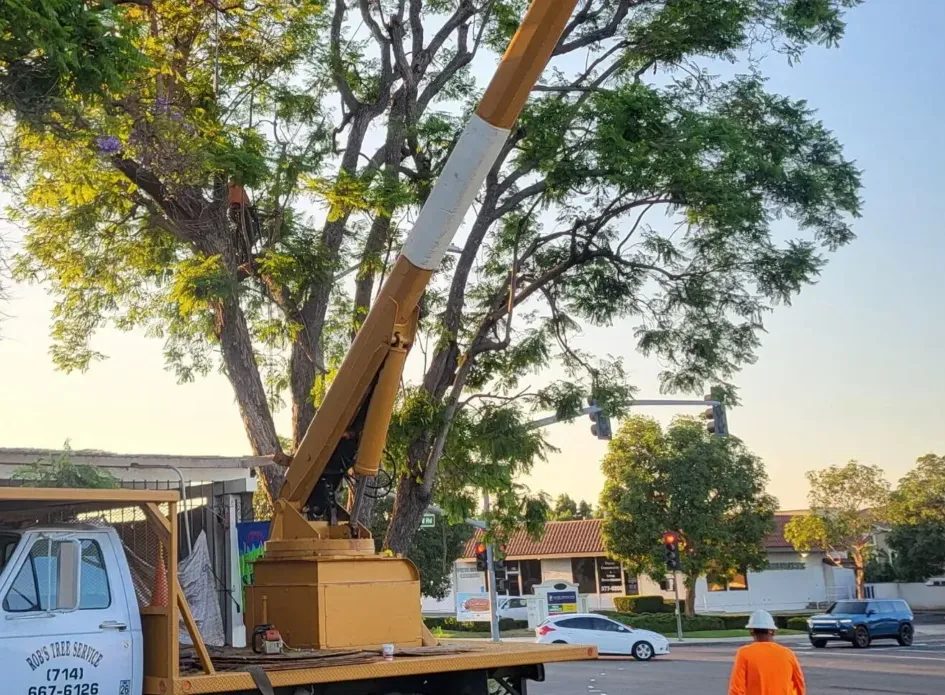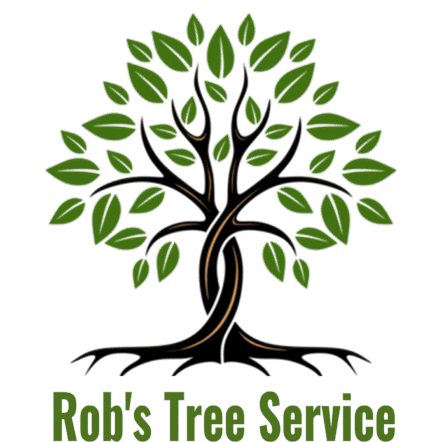Tree Trimming Services
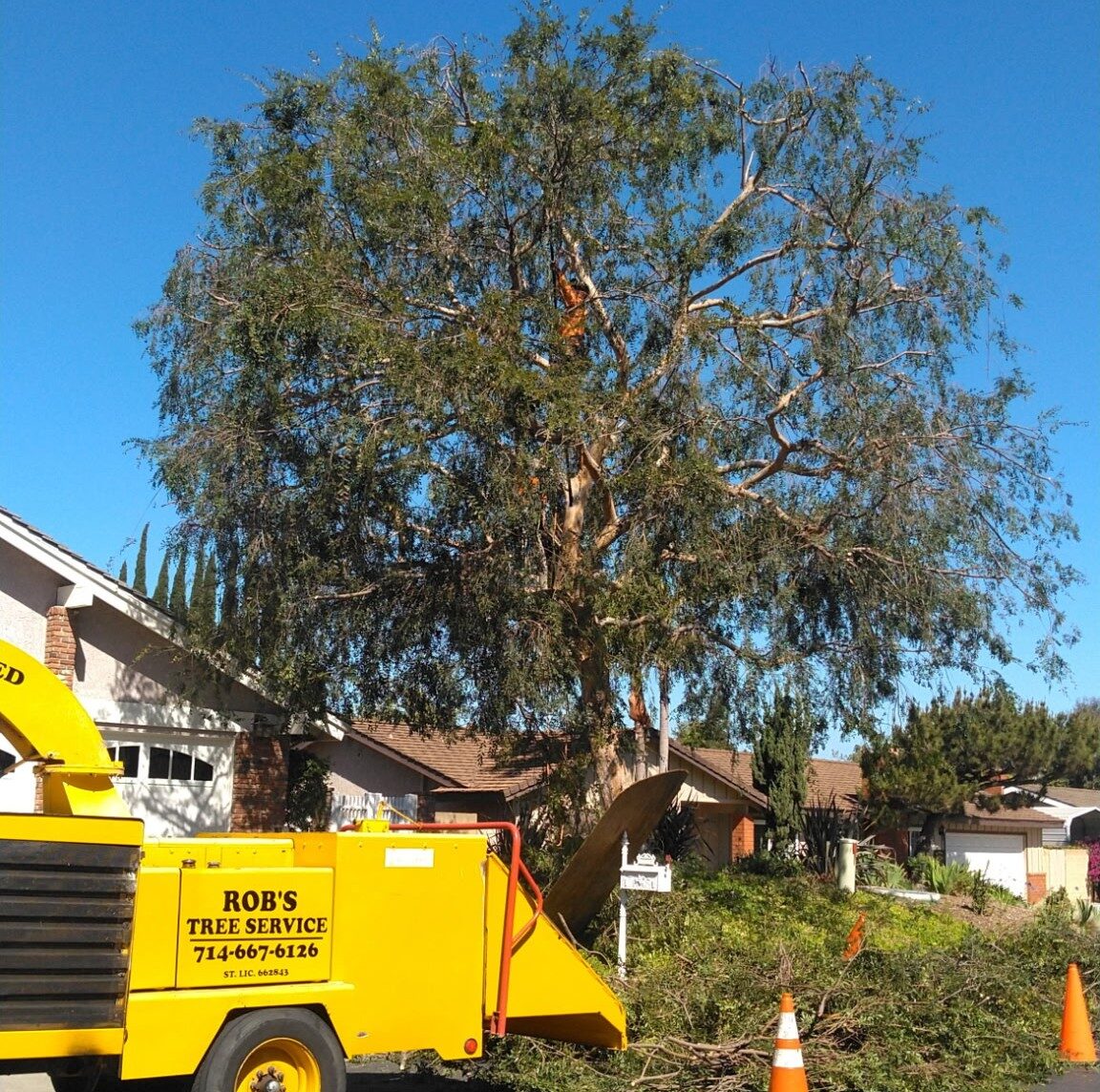
We offer reliable and affordable tree trimming, topping, and pruning services in Southern California for residential and commercial customers. Pruning and Tree trimming are critical to sustaining your tree’s health, stimulating growth, and retaining its natural appearance. Still, property owners may end up trimming incorrectly or at the wrong time, causing severe damage to their beloved tree.
The science involves a deep understanding of tree knowledge, and skillfully trimming or removing proper deadwood that aesthetically shapes your tree to enhance the beauty of your landscape and achieve your landscape goals.
Trim your Trees for the Following Reasons.
Trees should be trimmed to promote their health and improve their appearance. This essential landscape maintenance involves selectively removing branches, and the timing often depends on the tree species and the desired outcome.
For Health and Longevity
Remove dead, dying, and diseased branches. This prevents decay from spreading to the rest of the tree and discourages pests and insects. Promptly remove these branches as soon as they are spotted, regardless of the season.
Encourage stronger growth. Pruning removes weak, errant branches and those that cross or rub against each other. This allows the tree to focus its nutrients on building a stronger core and more stable root system.
Improve airflow and sunlight exposure. Removing unnecessary or crowded branches, a technique known as crown thinning, improves air circulation throughout the tree’s canopy. This helps prevent the growth of fungus and mildew while allowing more light to reach the leaves for photosynthesis.
Stimulate fruit and flower production. For fruit-bearing trees, annual pruning allows the remaining fruit to grow larger and healthier. Removing older wood can also help to stimulate new, more productive growth.
For Safety and Damage Prevention
- Mitigate storm damage. Removing dead or weak branches is critical for safety, as these are the most likely to break and fall during a storm. Thinning a dense canopy can also make a tree less top-heavy and more resilient to high winds.
- Create clearance. Trimming branches that hang over roofs, driveways, or sidewalks prevents them from scraping surfaces and causing damage. Pruning can also prevent branches from interfering with power lines.
- Prevent structural problems. A properly pruned tree develops a strong branch structure. For young trees, formative pruning can correct defects early on, ensuring they grow into healthy, strong, and stable trees.
For Aesthetics and Appearance
- Maintain an attractive shape. Pruning and trimming allow you to shape a tree to create a balanced, attractive form that enhances your property’s appearance.
- Control size. Pruning can control a tree’s size and direct its growth, which is especially useful for smaller landscapes or for encouraging new growth in specific areas.
- Add property value. Well-maintained trees can significantly add to a property’s curb appeal and overall value.
Tree Trimming Services
Tree trimming services encompass a variety of tasks aimed at maintaining the health, appearance, and safety of trees and shrubs
Common Services Included:
Tree Pruning:
- Crown Cleaning: Removing dead, dying, or weak branches.
- Crown Thinning: Selectively removing branches to improve light penetration and air circulation.
- Crown Raising: Trimming lower branches to provide clearance for vehicles, pedestrians, or structures.
- Crown Reduction: Reducing the tree’s height while preserving its overall shape.
- Deadwooding: Specifically targeting the removal of dead or declining branches.
- Pollarding: A more specialized method involving the removal of upper branches to promote a dense canopy, often used on ornamental trees.
- Maintenance Pruning: Removing dead or diseased branches to promote healthy growth.
Arborist Services:
More comprehensive tree care provided by certified professionals, including:
- Tree Health Assessments: Diagnosing diseases, pests, and evaluating overall tree health.
- Cabling and Bracing: Supporting weak or damaged branches.
- Landscape and Preventive Care: General maintenance to ensure tree health.
- Pest and Infestation Control: Managing infestations and diseases.
- Tree Risk Assessment: Evaluating potential hazards posed by trees.
- Root Management: Addressing issues with tree roots.
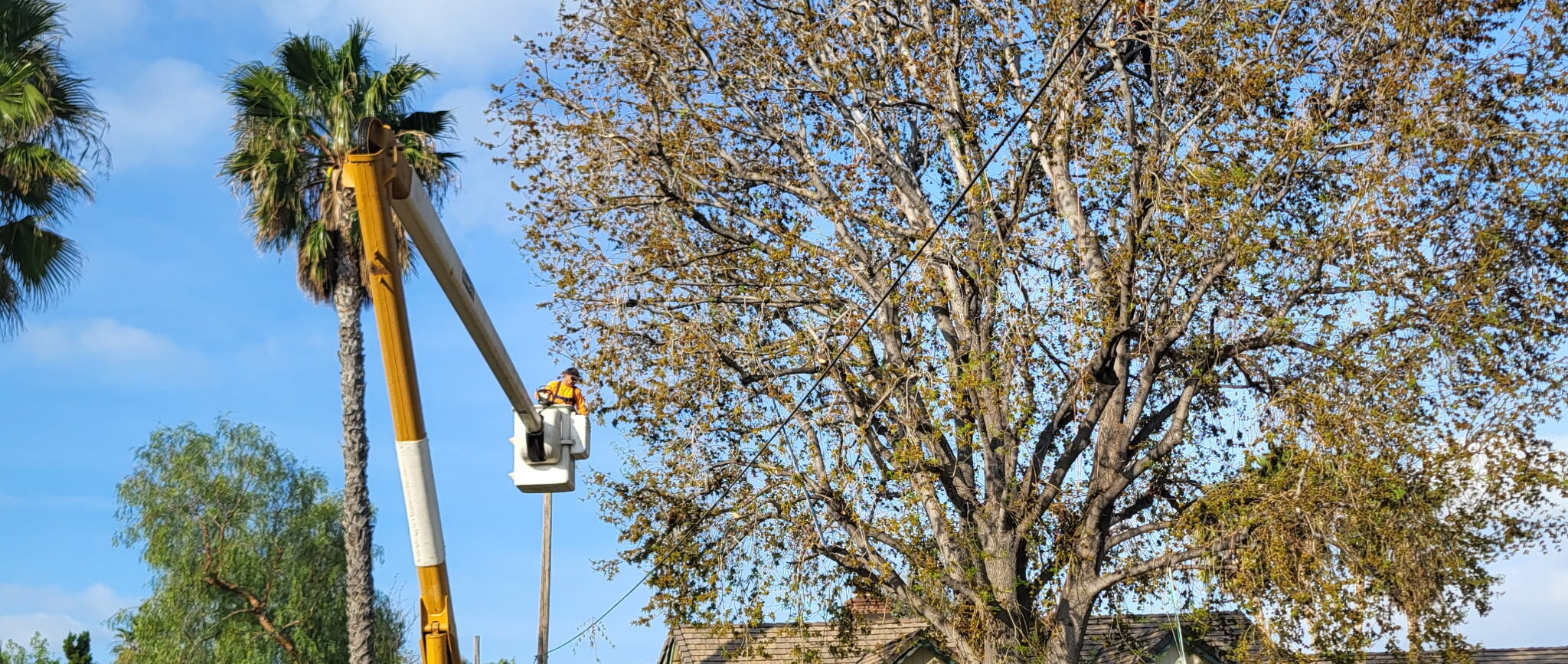
Timely tree trimming is crucial for a tree’s health, safety, and longevity; improper timing can severely harm or even kill it. Strategic pruning, tailored to the season and tree species, ensures that cuts heal quickly, preventing disease and promoting new growth, whereas mistimed cuts can cause irreparable damage. Our experts will ensure your trees are well-maintained at the most advantageous time, allowing you to achieve results that preserve the structure and beauty of your trees.
Timely Makes the Difference in Tree Trimming
Yes, timing is a crucial factor in successful tree trimming. Choosing the right time to prune your trees has a significant impact on their health, growth, and overall well-being.
The Benefits of Timely Trimming
Scheduling trims according to the tree’s biological clock promotes a safer and more beautiful landscape.
- Healthier, stronger growth: The dormant season (late fall or winter) is the best time for trimming most trees, as they are less stressed and the lack of leaves makes it easy to identify structural problems. This timing also promotes a surge of new, healthy growth in the spring.
- Protection from hazards: Removing dead, damaged, or weak branches reduces the risk of limbs falling during storms and causing property damage or injury.
- Increased longevity: By improving a tree’s structure and preventing disease, timely trimming can significantly extend its lifespan.
- Improved aesthetics: Thoughtful pruning can shape the tree for better curb appeal and enhance light exposure and air circulation for both the tree and surrounding plants.
- Better fruit production: For fruit trees, strategic pruning in late winter or early spring can encourage a more bountiful and higher-quality harvest.
General Guidelines for Timing
While an arborist can provide the best advice for a specific tree, these general rules can help:
- Dormant season (Late fall to late winter): Ideal for most deciduous trees, as cuts heal quickly and encourage healthy spring growth.
- After blooming: Trim spring-flowering trees, such as dogwoods and lilacs, immediately after they finish blooming to protect the next season’s buds.
- Late spring/early summer: Good for “bleeder” trees like maples, birches, and walnuts that would otherwise lose a lot of sap if trimmed in early spring.
- Anytime: Dead or damaged branches can and should be removed at any time for safety.
The Consequences of Mistimed Trimming
Trimming at the wrong time of year can have severe negative impacts on a tree’s health.
- Encourages pests and disease: Fresh cuts made during a tree’s active growth period leave it vulnerable to pathogens and pests. Warm weather and open wounds can be an invitation for damaging infections like oak wilt or Dutch elm disease.
- Stunts or inhibits growth: Trimming during the active growth season can put undue stress on the tree, forcing it to expend energy on healing wounds rather than on development.
- Prevents flowering and fruiting: Pruning a flowering or fruit-bearing tree at the wrong time can remove buds that are critical for the next season’s blooms and harvest.
- Causes structural damage: Mistakes like “tree topping,” which is indiscriminate removal of the top of the tree, can cause poorly attached and weak regrowth that is prone to breaking during storms.
Rob’s Tree Service, A Full-Service Tree Service Company
With over 50 years of experience in the tree industry, you can trust that our certified arborists will work with you to ensure the safety of your home, business, and the public.
Rob’s Tree Service, A Full-Service Tree Service Company
With over 50 years of experience in the tree industry, you can trust that our certified arborists will work with you to ensure the safety of your home, business, and the public.
